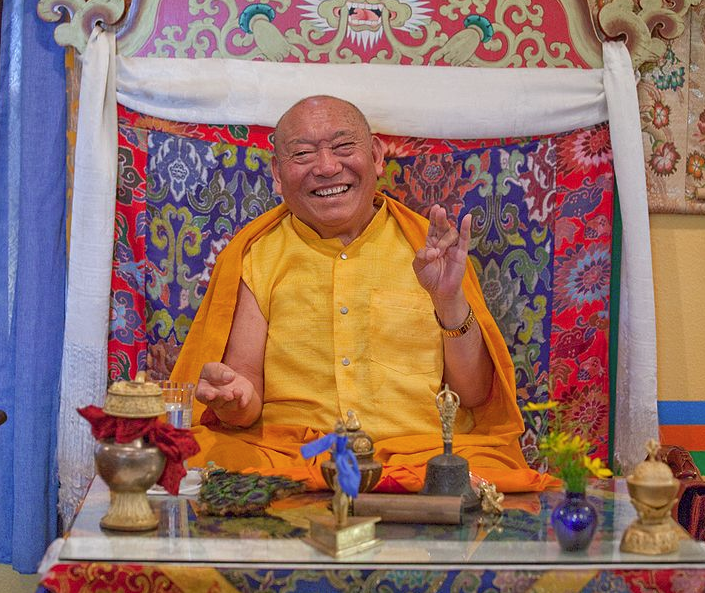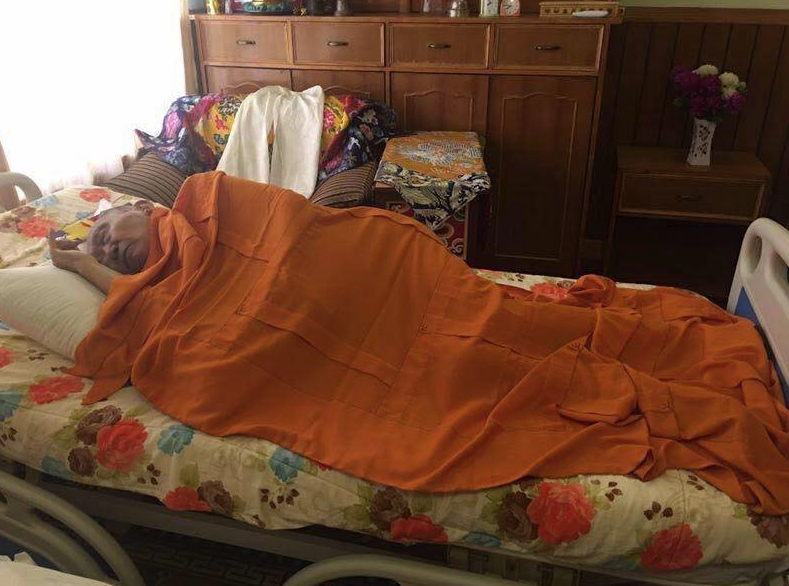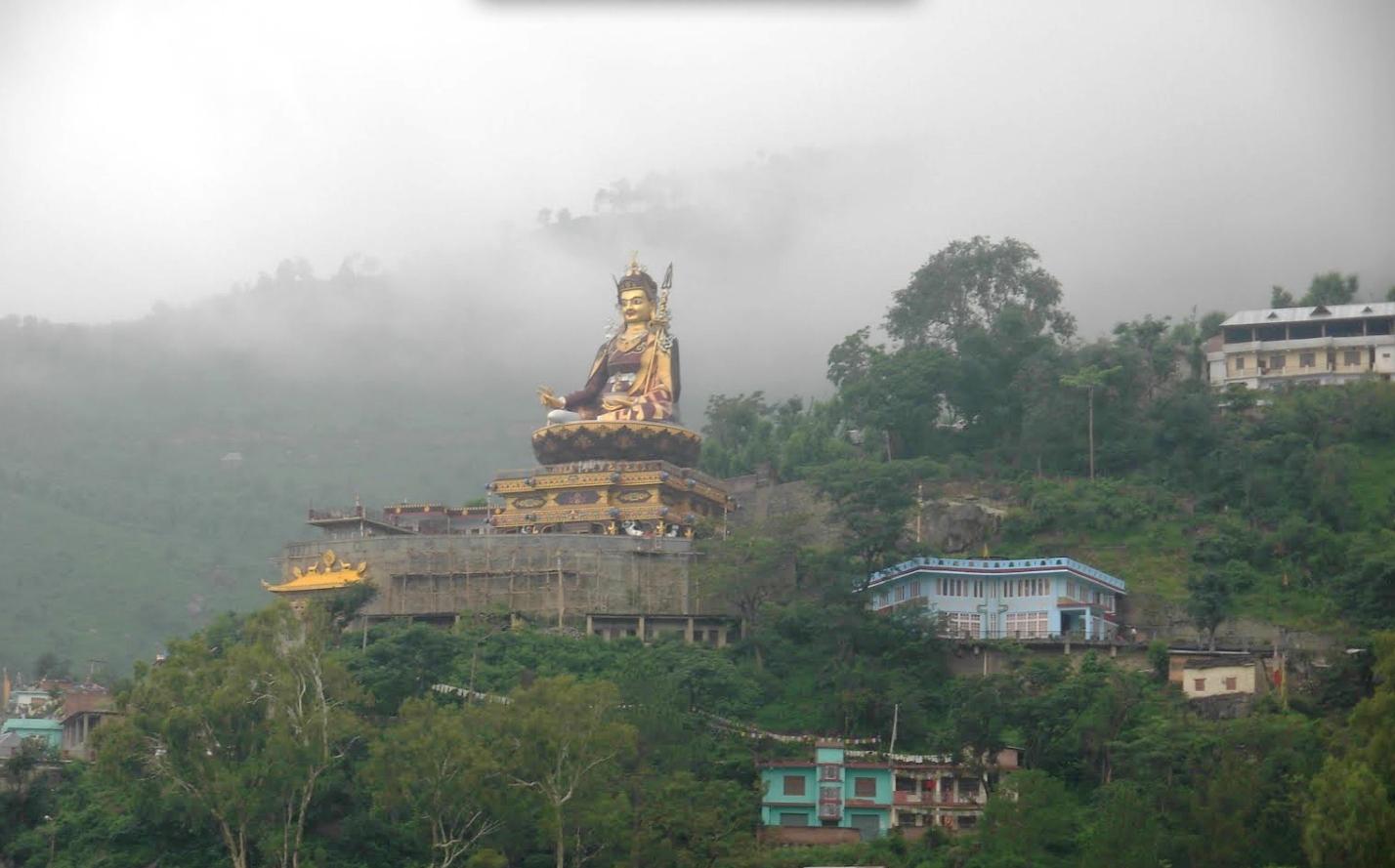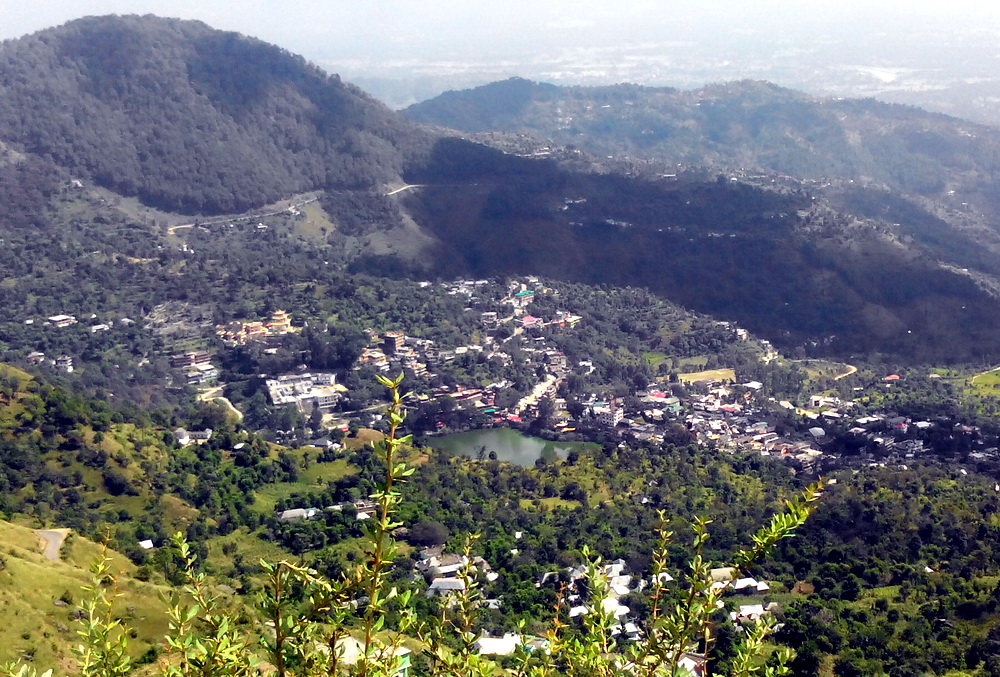
A master practitioner of Tibetan Buddhism, Wangdor Rinpoche – the presiding Lama at Rewalsar monastery, believers hold, did surrender his body a week ago and in accordance with Tantric beliefs is in an intermediate state between life and death, before the great liberation.
“The death rites will only be held after the body indicates it so, something that the other Lama’s here are closely monitoring,” secretary of the monastery told a Television channel.
The high ranking Lama, who fled Tibet in the wake of the Chinese occupation in 1959, breathed his last on 18th September at about 2.15 a.m. but his body shows no signs of decay, which believers hold as the state of ‘samadhi’, something that only highly advanced practitioners are able to achieve.
The body has been lying on a bed in a ’sleeping Buddha’ posture for a week now.

As news spread about the high Lama having taken ‘samadhi’, pilgrims are thronging the place for one last glimpse of the departed soul. Leena, a disciple of 50 years from America, is at Rewalsar to oversee the last rites of the departed soul.
Born into the nomad Hara clan in Eastern Tibet in 1925, Lama Wangdor Rinpoche is said to have received his first training in Buddhist traditions at the Dzigar Monastery at Kham in Tibet.
On fleeing Tibet, he is said to have helped his Guru Thuksey Rinpoche escape the advancing Chinese army. In India, he chose to make the Buddhist cave settlements of Rewalsar his home.
Training the body and the mind is rigorous meditative techniques for over 45 years at the cave above Two-Pema (Lotus Lake) had turned Wangdor Rinpoche into a master.

During his long stay at Rewalsar, he had the Dzigar Monastery constructed and oversaw the consecration of the commanding statue of Guru Rinpoche, overlooking the lake, done by the Dalai Lama in March 2012.
Guru Rinpoche, identified as Guru Padmasambhava in Sanskrit texts, is credited with being one of the founding fathers of Tibetan Buddhism. He appeared in Tibet in 749 AD and is believed to have spent 54 years preaching Buddhism.

Before setting out for Tibet, Guru Rinpoche, is believed to have lived and meditated at Rewalsar. The local kings daughter Mandarava came under his influence and secretly became his disciple.
The King on learning about it was furious. He ordered the Guru be burnt alive. When the smoke cleared, to the surprise of the King the Guru was sitting unharmed on a Lotus flower and the oil used for the burning had become water, creating the lake at Rewalsar, so goes the legend.
Guru Padmasambhava as Guru Rinpoche is also believed to be the composer of ’The Tibetan Book of The Dead’ (Bardo Thodol in Tibetan, meaning – The Great Liberation By Hearing In The Intermediate States), is one of the most compelling descriptions of the after-death state in world literature.
The book is considered a comprehensive guide to both living and dying as originally taught by the great master, something that Lama Wangdo Rinpoche was a strict practitioner off.
As Editor, Ravinder Makhaik leads a team of media professionals at Hill Post.
Spanning a career of over two decades in mass communication, as a Documentary Filmmaker, TV journalist, Print Media journalist and with Online & Social Media, he brings with him a vast experience. He lives in Shimla.


